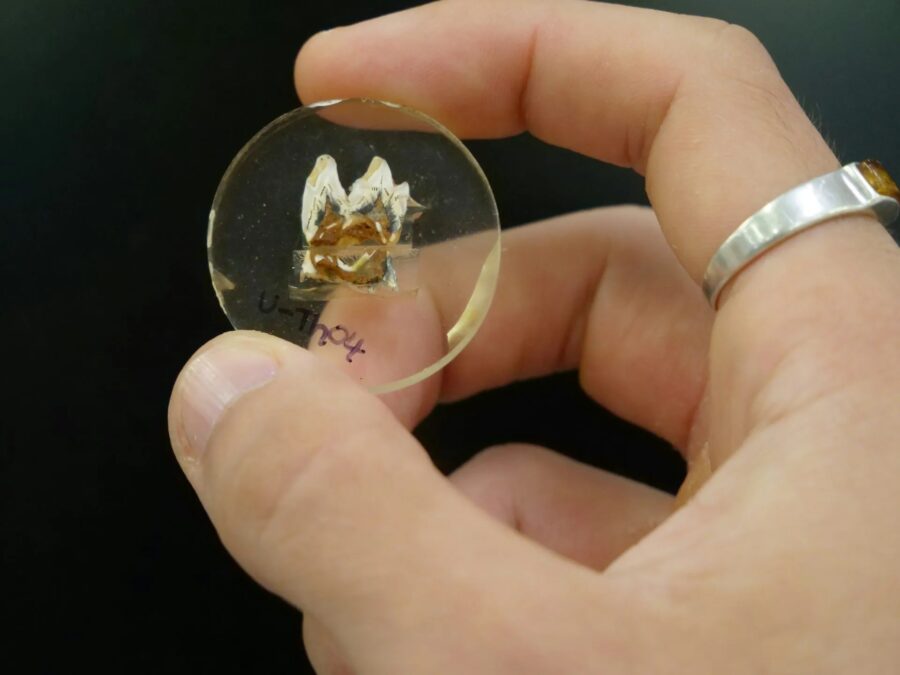
Fossil teeth show extinct giant kangaroos were homebodies
Fossil teeth show extinct giant kangaroos spent their lives close to home – and perished when the climate changed.

Fossil teeth show extinct giant kangaroos spent their lives close to home – and perished when the climate changed.
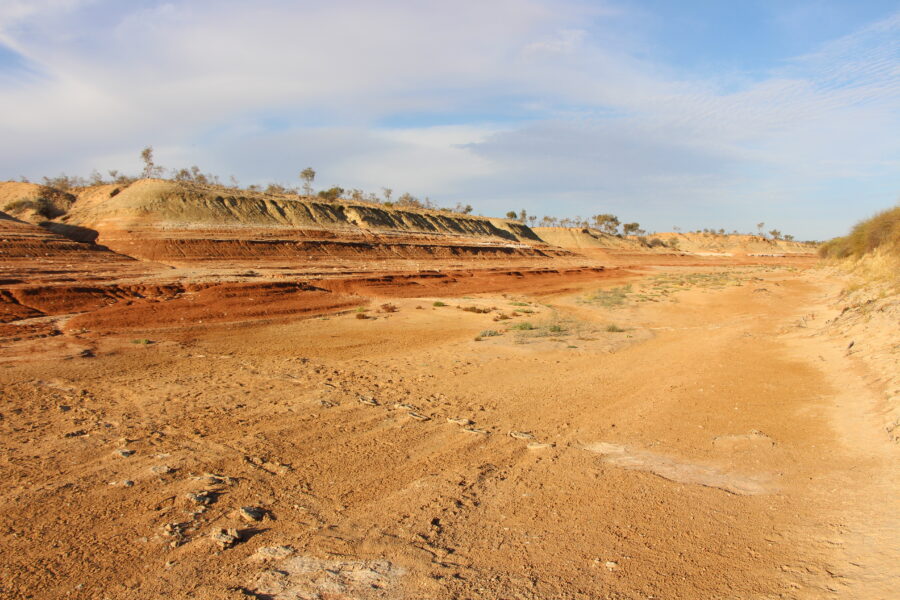
Strange bones have emerged from the banks of the Warburton River at Kalamurina Wildlife Sanctuary in South Australia, which tell the story of a lush landscape populated by giant marsupials, crocodiles, flocks of flamingos and even tree kangaroos.
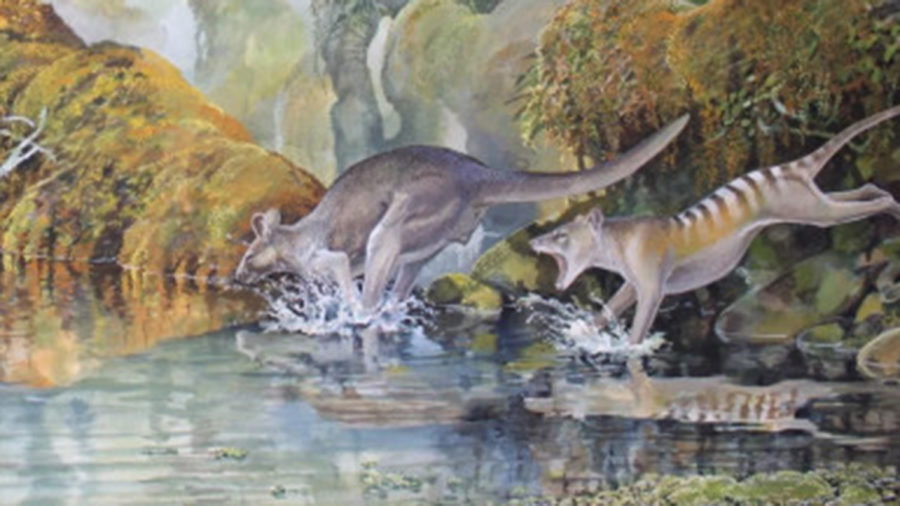
Long ago, almost up until the end of the last ice age, a peculiar giant kangaroo roamed the mountainous rainforests of New Guinea.

Here are five top tips from a professional palaeontologist.
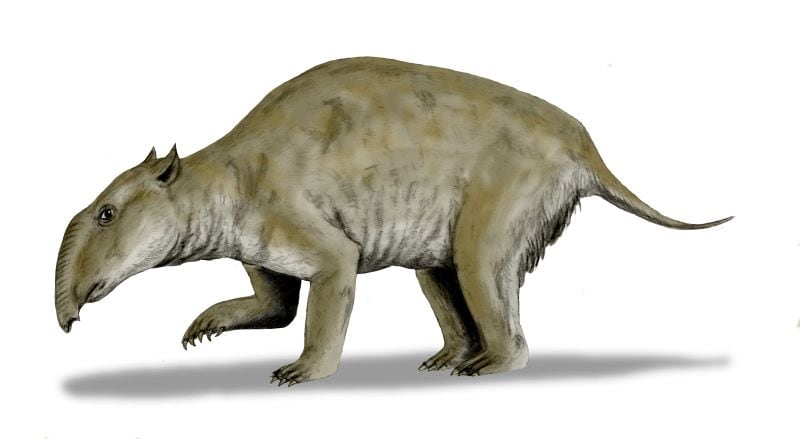
Imagine going through life with your arms permanently bent and locked at the elbows. Awkward, right?
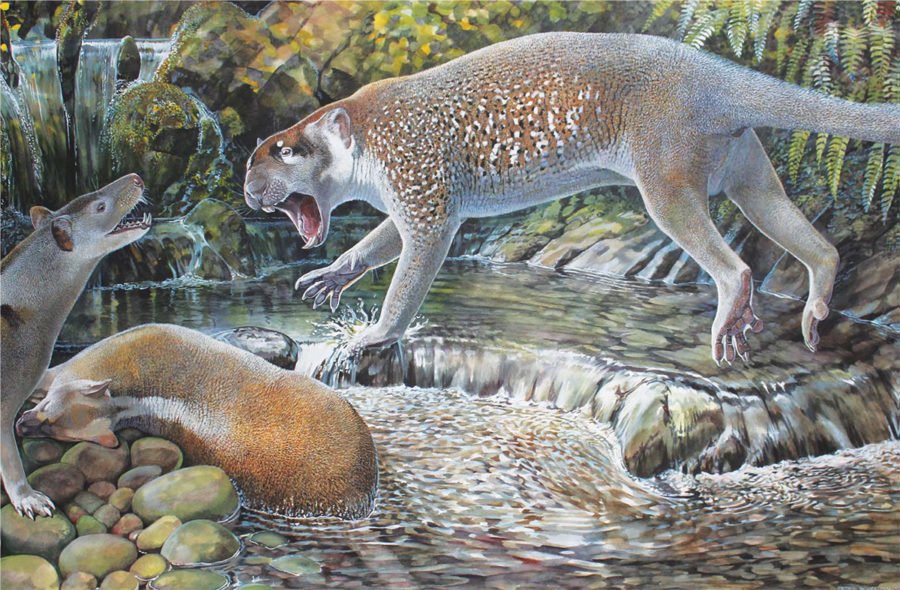
Marsupial lions lived on the Australian continent from about 24 million years ago up until the end of the Pleistocene era, about 30,000 years ago.
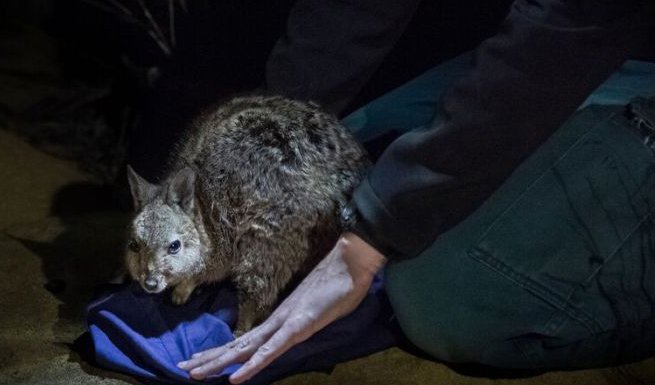
The banded-hare wallaby is making a historic return to the Australian mainland after completely disappearing more than century ago due to predation by foxes and feral cats.
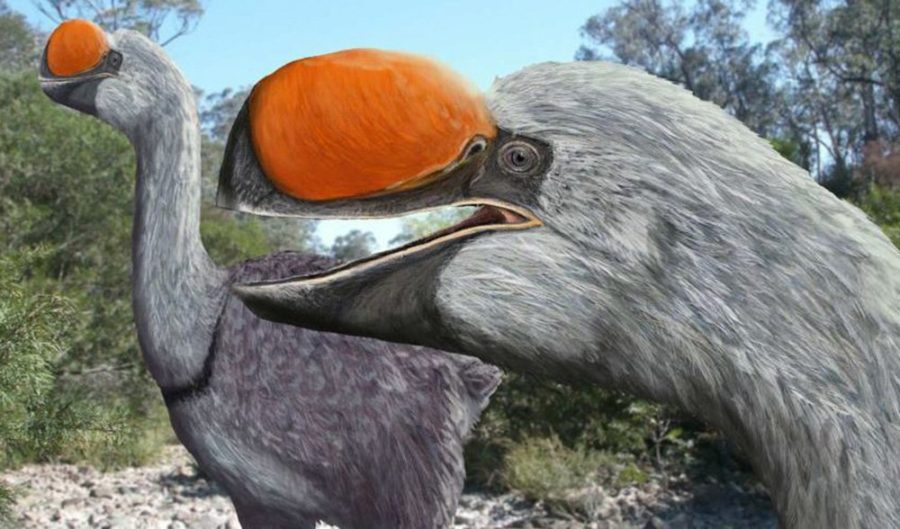
A flightless, plant-eating bird, mihirungs weighed 250kg and lived in the late Oligocene to the early Miocene, about 33 to 20 million years ago.
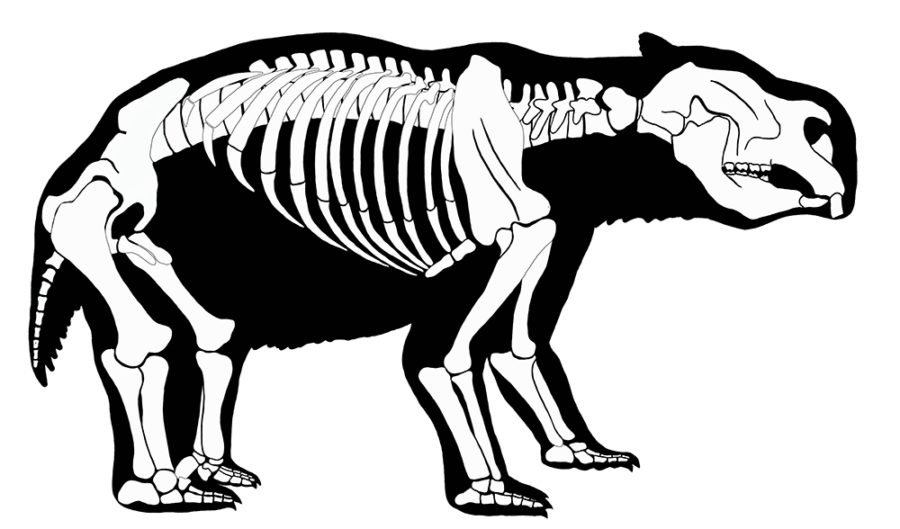
This ancient marsupial was a gigantic beast that roamed across Eastern Australia.
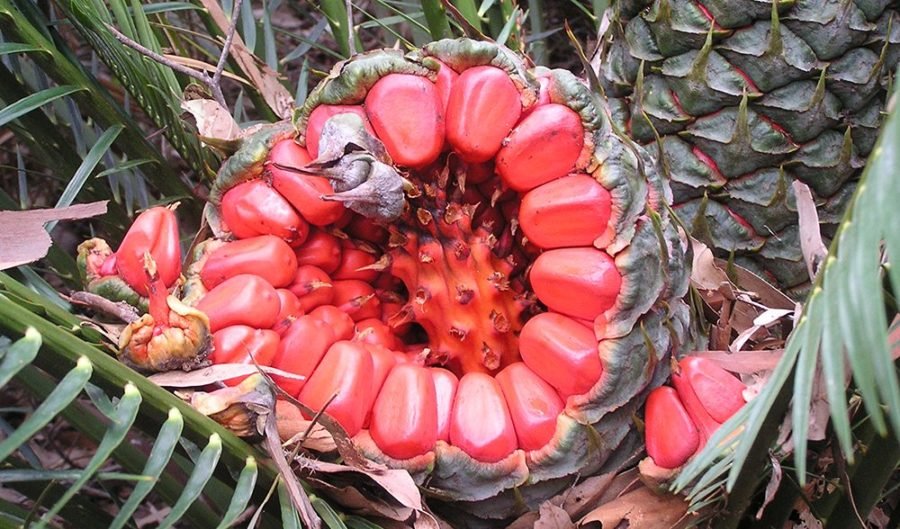
Some Australian fruits are called ‘megafauna fruits’ because the only animals capable of eating them and spreading the seeds are extinct.